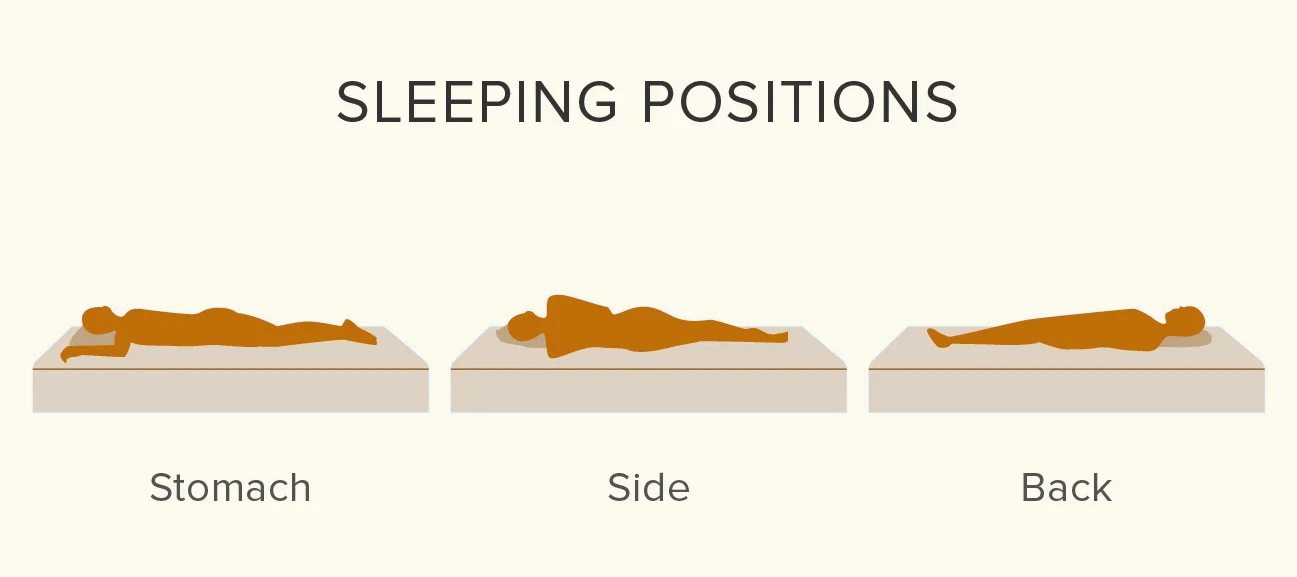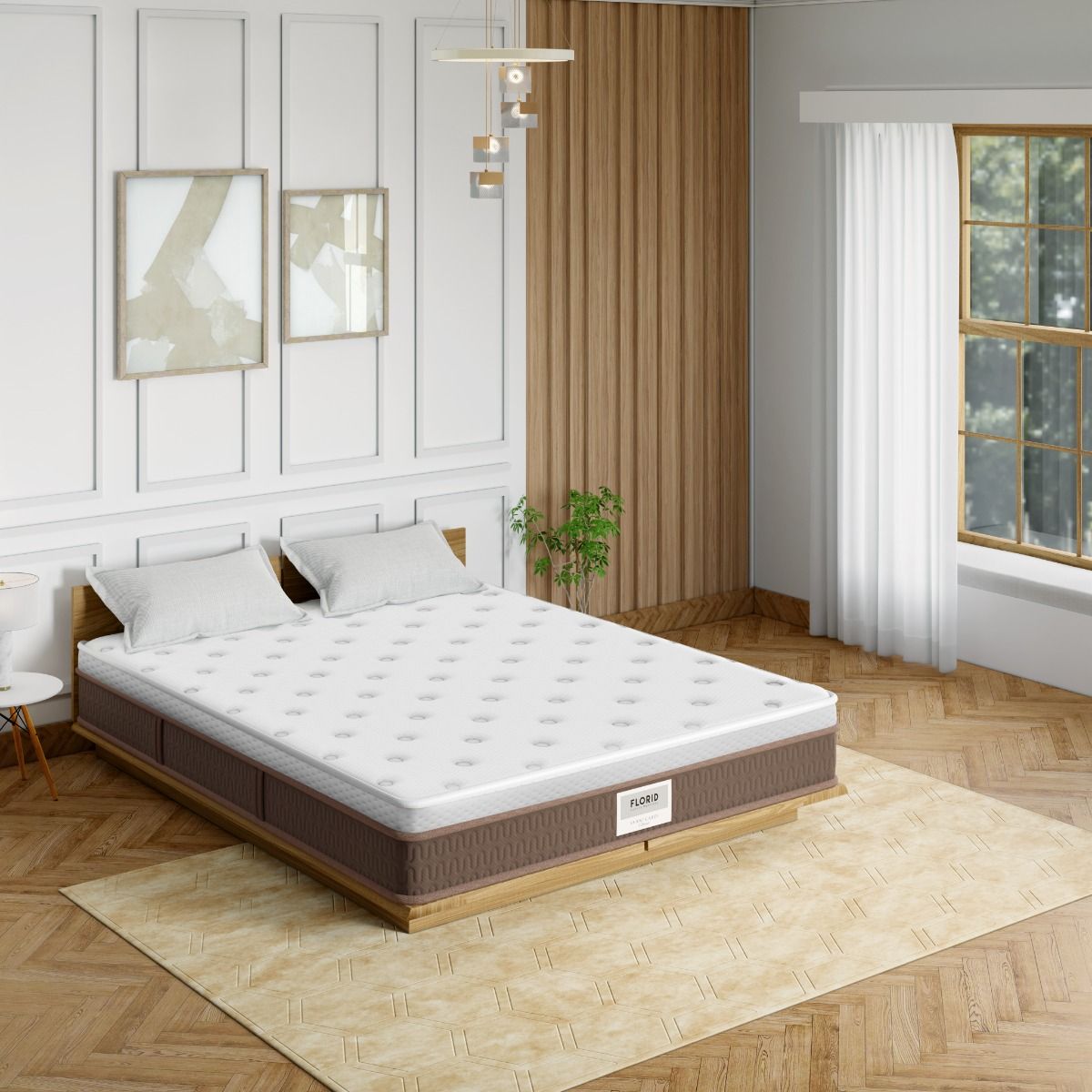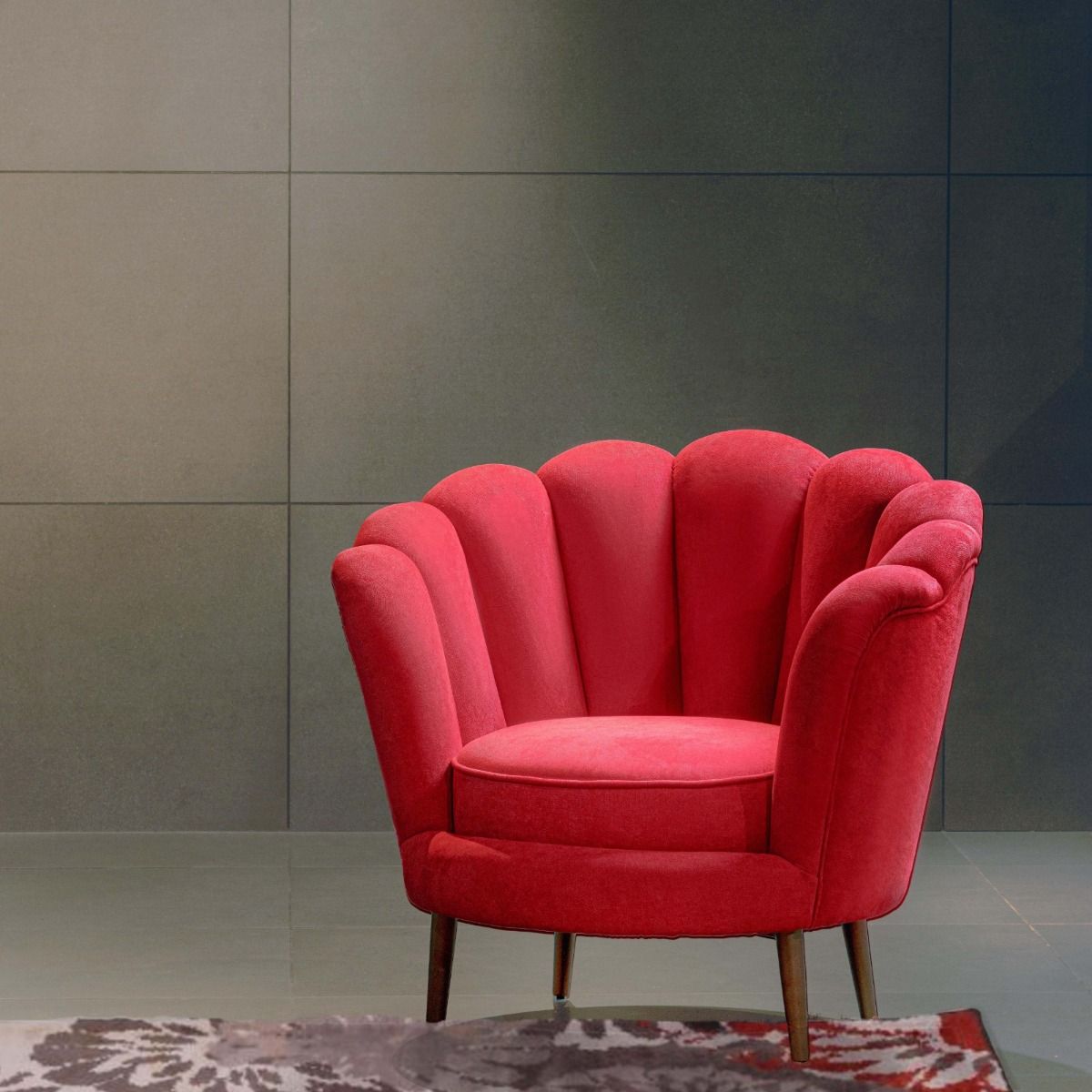Unveiling the Perfect Mattress for Different Types of Sleepers
A restful night's sleep is essential for our overall well-being, and choosing the right mattress plays a pivotal role in achieving that. However, the ideal mattress varies depending on an individual's preferred sleeping position. Here we will explore the different types of sleepers and recommend the perfect mattresses to ensure optimal comfort and support for each.
Let’s See the Types of Mattresses Available:
Choosing the right mattress is crucial for a good night's sleep and overall well-being. With a multitude of options available, it can be overwhelming to navigate through the various types of mattresses. In this comprehensive guide, we will explore the most common types of mattresses, their unique features, and the benefits they offer.
When it comes to mattresses, the choice of foam can greatly impact your sleep experience. Among the various foam options available, PU foam, memory foam, and latex foam mattresses are popular choices.
PU Foam Mattresses: PU (Polyurethane) foam mattresses are known for their affordability and widespread use. They are made from petroleum-based materials and offer a supportive and comfortable sleep surface. PU foam mattresses provide medium-firm to firm support, making them suitable for people who prefer a firmer sleeping surface. They offer good motion isolation, making them an ideal choice for couples. PU foam mattresses are also lightweight, making them easier to move and handle. However, they may be less durable compared to other foam types and may have a tendency to lose shape over time.
Memory Foam Mattresses: Memory foam mattresses have gained significant popularity for their exceptional contouring and pressure-relieving properties. Made from viscoelastic foam, memory foam mattresses respond to body heat and weight, conforming closely to the sleeper's shape. This foam type excels in isolating motion transfer, reducing disruptions caused by a restless partner. Memory foam mattresses offer excellent pressure point relief, making them ideal for individuals with joint or back pain. However, some people may find memory foam to retain heat, so it's important to choose a mattress with cooling properties or use breathable bedding.
Latex Foam Mattresses: Latex foam mattresses are constructed from natural or synthetic latex, derived from rubber tree sap. They provide a responsive and supportive sleep surface. Latex foam mattresses offer a balance of comfort and support, contouring to the body while maintaining a buoyant feel. They are known for their durability and resilience, often outlasting other mattress types. Latex foam mattresses are naturally hypoallergenic, resistant to dust mites, and provide excellent breathability, promoting a cooler sleep experience. However, they tend to be more expensive compared to other foam mattresses.
Hybrid Mattresses: Hybrid mattresses combine the best of both worlds by incorporating innerspring coils with layers of foam or latex. These mattresses aim to provide the benefits of different materials, such as the bounce and support of coils, along with the pressure relief and comfort of foam or latex. Hybrid mattresses often offer exceptional motion isolation, edge support, and temperature regulation. They are a versatile choice that caters to a wide range of sleepers.
Advantages
- Firmness: PU foam mattresses offer medium-firm to firm support, memory foam mattresses come in various firmness options, and latex foam mattresses typically offer a medium to medium-firm feel.
- Motion Isolation: Memory foam and latex foam mattresses excel in isolating motion, minimizing disruptions from a restless sleeping partner.
- Temperature Regulation: Memory foam mattresses may retain heat, while latex foam mattresses are naturally more breathable and sleep cooler.
- Durability: Latex foam mattresses tend to be more durable compared to PU foam and memory foam mattresses.
- Investing in a mattress tailored to your sleeping position can greatly enhance your sleep quality and overall well-being. So, assess your sleeping habits, consider the recommendations, and embark on a journey towards rejuvenating, restful nights of sleep.
Now let’s see the different types of sleepers and the ideal mattresses for each:


Investing in a mattress tailored to your sleeping position can greatly enhance your sleep quality and overall well-being. So, assess your sleeping habits, consider the recommendations, and embark on a journey towards rejuvenating, restful nights of sleep.
Back Sleepers:
Back sleepers benefit from a mattress that maintains proper spinal alignment throughout the night. Soft mattresses may not provide enough support, leading to discomfort and disrupted sleep. Instead, opt for a firmer foam or hybrid mattress. These options offer a balance of support and comfort, ensuring your spine stays properly aligned as you sleep. Look for mattresses with excellent contouring properties to relieve pressure points.
Side Sleepers:
Side sleepers face the challenge of pressure points on their shoulders and hips. To alleviate this pressure, a softer mattress that provides proper cushioning is recommended. Memory foam mattresses or pillow-top mattresses are excellent choices for side sleepers. They offer contouring support, cradling the body's curves and reducing pressure points. Look for mattresses with good motion isolation to minimise disturbances if you tend to toss and turn.
Stomach Sleepers:
Stomach sleeping is considered less ideal from a spinal health perspective. However, if you prefer this position, it's crucial to choose a mattress that offers adequate support to maintain proper spinal alignment. Avoid overly soft mattresses that allow your body to sink too deeply, potentially causing discomfort and strain. Opt for a firmer hybrid or foam mattress that provides a balanced level of support. Consider mattresses with firmer support layers to prevent excessive sinking.
Combination Sleepers:
Combination sleepers are those who change positions throughout the night. For this versatile group, a medium-firm mattress is often the best choice. A medium-firm mattress strikes the right balance between comfort and support, allowing you to find a comfortable position regardless of whether you're on your back, side, or stomach. Look for mattresses with responsive foams or latex, as they provide better ease of movement and adaptability.
Conclusion:
When it comes to choosing the ideal mattress, understanding your preferred sleeping position is crucial. Back sleepers require a firmer support, while side sleepers benefit from a softer, contouring mattress. Stomach sleepers need a mattress that maintains spinal alignment without excessive sinking. Combination sleepers can find the best balance with a medium-firm mattress that offers responsiveness and adaptability. Remember to consider factors like motion isolation and pressure relief when selecting your mattress.


